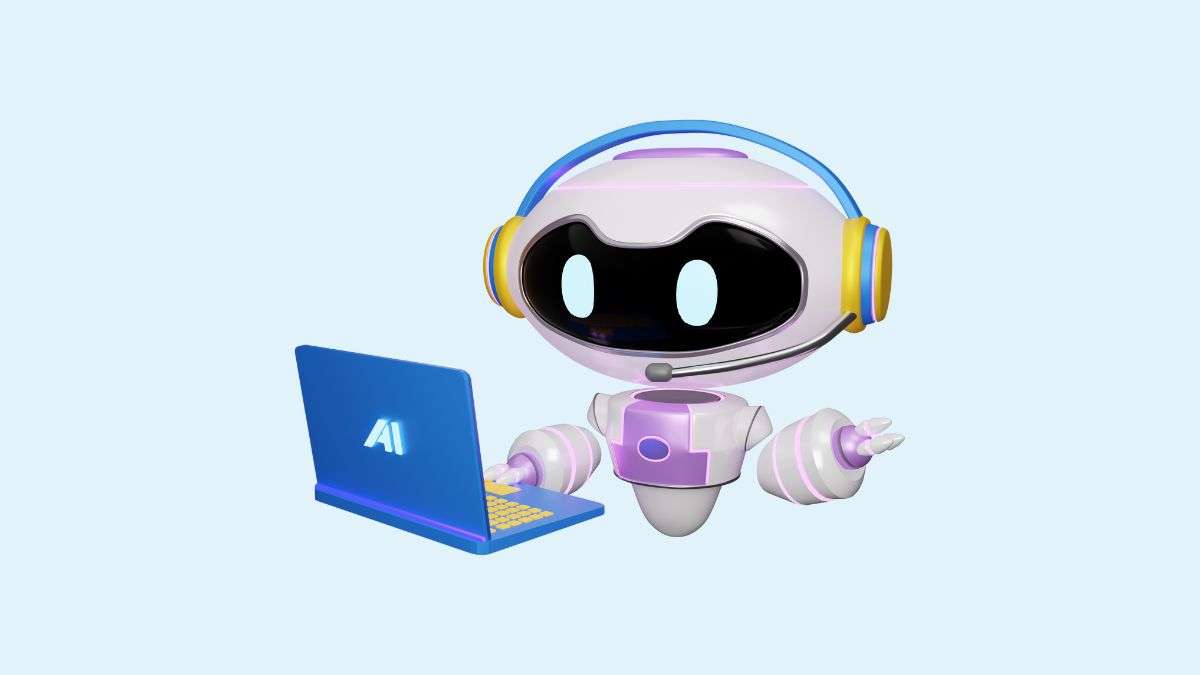Table of Contents
- Introduction
- The Editorial Landscape Transformed by AI
- The Power of Personalization: How AI Enhances Reader Experiences
- Collaboration in the Age of AI: Humans and Machines Working Together
- Conclusion: Embracing How AI Changes the Editorial Process
Introduction
Artificial intelligence (AI) technologies are spreading fast, affecting many industries and workflows. The write-up delves into how AI changes the editorial process in publishing. Where editors once relied solely on manual review and curation of manuscripts, AI systems now analyze massive amounts of data to provide actionable insights. This shift moves from purely human-driven workflows toward AI-powered automation and augmentation of critical tasks.
Introducing AI brings increased speed, scale, and sophistication to assessing incoming content. Machine learning algorithms can review submissions, checking for issues like readability, structure, plagiarism, etc. This allows editors to focus their efforts on higher-level assessment of quality and fit. AI is also used to classify and route submissions to the appropriate editors.
On the curation side, AI tools are aiding the discovery of buried gems in the slush pile by detecting quality signals that overburdened editors may miss. Recommendation engines suggest manuscripts an editor may wish to reconsider based on data-driven insights. This transformation promises unprecedented efficiency and effectiveness in assessing and selecting incoming manuscripts.
Whereas editors once made decisions based on individual knowledge and intuition, AI empowers them to leverage complex data and evidence. Machine learning uncovers macro trends, genres rising in popularity, and other market signals to inform acquisitions. Algorithms also help predict potential bestsellers based on past success patterns.
Reporting dashboards give editors an at-a-glance view of submission volume, wait times, reviewer performance, and other vital metrics. This allows them to spot bottlenecks in the review process, balance workloads, and optimize decision-making. Automating previously manual tasks grants editors the bandwidth to interpret data, spot opportunities, and focus on higher-level publishing strategies.
The net result of this AI-powered transformation is an increasingly data-driven, evidence-based approach to handling manuscripts—a far cry from the intuition-led processes of the past. The human touch remains vital but now works in tandem with lightning-fast machine intelligence.
The Editorial Landscape Transformed by AI
Artificial intelligence is revolutionizing the editorial landscape by augmenting human content creation and curation capabilities. AI tools can detect errors and plagiarism at scale, freeing editors to focus on higher-level tasks.
AI-powered software can scan manuscripts and flag potential issues around grammar, spelling, and stylistic inconsistencies. These tools complement human editors by finding errors they may have missed. Also, plagiarism checkers comparing submissions against a massive database can identify copied or unoriginal content.
By handling rote tasks like error checking, AI enables editors to concentrate on providing constructive feedback to authors and ensuring content quality.
Advanced AI algorithms can discern subtle shifts in reader preferences by analyzing consumer behavior data. Publishers can leverage these insights to develop content aligned with rising interests. AI also identifies trending topics and successful genre conventions writers can use to craft engaging stories.
Furthermore, AI informs data-driven decisions around content distribution and promotion. Publishers target their marketing spending more effectively by determining which articles or books align with specific reader segments.
AI categorizes content to make it more findable to readers. AI assigns accurate tags by assessing topics, sentiment, and lexical similarity. Additionally, AI-based recommendation engines surface personalized content to each user.
These technologies allow publishers to improve content discoverability in an era of abundance. Readers can more easily find relevant content, leading to more engagement.
In summary, AI transforms editorial by handling rote tasks, identifying reader and content patterns, and improving discoverability. This augments human creativity in the publishing process.
The Power of Personalization: How AI Enhances Reader Experiences
AI is revolutionizing the way content is personalized for readers. By analyzing user data and behavior, AI algorithms can optimize recommendations and tailor content for each individual. This creates a more engaging, relevant experience that keeps readers coming back.
Leveraging Data Insights
AI leverages reader data like demographics, reading history, and interactions to build detailed user profiles. These profiles allow publishers to categorize readers by their interests and preferences. Content can then be recommended based on which topics a user will likely enjoy or find useful. Further personalization is possible by factoring in current events, location, and real-time context.
Optimizing Recommendations
Algorithms track how long a user reads an article, what links they click, and what content they share. These signals provide insight into a reader’s tastes and level of engagement. AI recommendation engines process this data to serve personalized content catered to individuals. The suggestions become more tailored and accurate as the system learns more over time.
Benefits for Publishers and Creators
Hyper-personalized content keeps readers more engaged, leading to increased time on site, more pages viewed, and higher referral traffic. These metrics are all key revenue drivers. AI also helps publishers efficiently target niche audiences more likely to convert from readers to paying subscribers or customers. For creators, data can identify high-performing topics to focus on and new opportunities in underserved reader segments.
Collaboration in the Age of AI: Humans and Machines Working Together
The rise of AI is transforming the publishing industry in profound ways. One of the most exciting developments is the potential for humans and AI systems to collaborate in content creation and curation.
AI excels at processing large datasets, spotting patterns, and generating insights. This allows AI systems to take on time-consuming tasks like data analysis, freeing human creators to focus on more creative aspects of content development. Humans set the vision and direction, while AI handles the heavy data lifting behind the scenes.
For example, AI tools can analyze reader behavior data to identify trending topics and preferences. Human editors can then use these insights to craft content that resonates with target audiences. This human-AI collaboration amplifies the strengths of both to achieve better outcomes.
Manual tasks like reviewing thousands of content submissions, checking for issues, and tracking real-time performance metrics can be grueling. AI assistance liberates publishers and editors from these tedious chores.
Freed from repetitive tasks, human teams can better apply their creativity, empathy, and contextual understanding. This empowers them to focus on the more deeply human aspects of publishing – fostering connections between creators and audiences.
Implications for the Future of Publishing
As AI becomes more integrated into content workflows, publishing will become more responsive, personalized, and optimized for quality. AI won’t replace human creativity and emotions, core to resonant content. Instead, AI amplification will allow human publishing teams to scale their efforts and unlock their full creative potential.

The future of publishing is a collaborative human-AI symphony combining data-driven efficiency with human artistry. Those embracing this integration will shape the next generation of content experiences.
Conclusion: Embracing How AI Changes the Editorial Process
We have looked at how AI changes the editorial process in publishing. From enhancing error detection to personalizing reader experiences, AI is augmenting and optimizing essential content creation and curation aspects.
AI is truly revolutionizing editorial workflows. It assists with plagiarism checking, genre analysis, emerging trend identification, and content optimization. By processing large datasets, AI systems can spot patterns that humans would likely miss, allowing publishers to develop higher quality, more targeted content. While AI excels at rote tasks, human creativity, judgment, and empathy remain vital to the publishing process.
Rather than replace human publishing professionals, AI enhances their capabilities. As AI handles time-consuming data tasks, publishers can nurture creativity and originality better. This symbiotic relationship allows for more dynamic, personalized, and meaningful content. We should view AI as a collaborative partner that opens new creative possibilities and improves efficiency in the editorial process.
However, it’s crucial to approach AI integration in publishing with caution. Ethical considerations such as data privacy, algorithm bias, and transparency should be carefully addressed. Human oversight is crucial to ensure AI systems align with ethical standards and do not perpetuate harmful biases or misinformation.
In conclusion, AI is transforming the editorial process in publishing by streamlining tasks, providing insights, and enhancing content quality. By embracing this technology and leveraging its capabilities, publishers can unlock new opportunities for creativity, personalization, and audience engagement. The future of publishing lies in the collaboration between human editors and AI systems, creating a harmonious balance between data-driven efficiency and human artistry.
